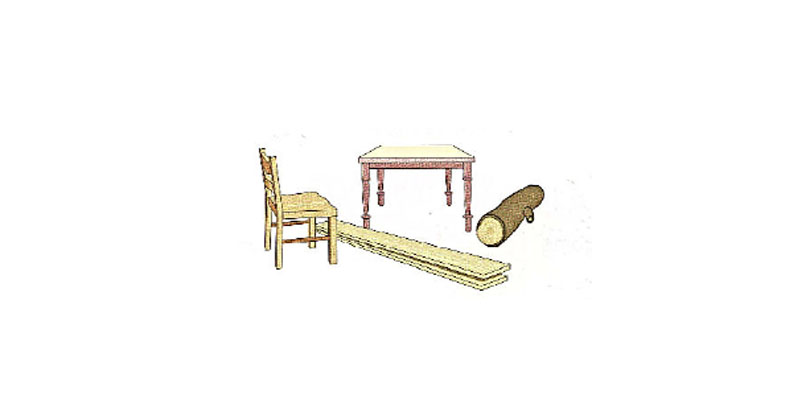- Exam: YOUNG LEARNERS FLYERS
- Course:
READING AND WRITING - Part 6, Exam 1
Instructions
For questions 1 - 11, read the text below and decide which answer (A, B or C) best fits each gap.
Choose the correct answer, drag it and drop it, or type it or its corresponding letter into the answer box.
Example:
- (1) :
- A) much
- B) many
- C) every

WOOD
Wood comes from trees and also from a few other, smaller plants. It is strong, easy to cut, and you can find it in (1) places in the world. We burn it (2) we are cold, and we make thousands (3) different things with it.
(4) are two kinds of wood, 'hardwood' and 'softwood',but these are only names. They are not hard or soft. The difference is this: they come from different kinds of trees and (5) wood is good for different things. Most hardwood comes from trees with leaves which (6) in the autumn.
These trees are (7) 'deciduous' trees. Hardwod is good for tables and chairs, for example, because it is more beautiful (8) softwood. Most softwood comes from trees which have leaves in summer and in winter (9) . Softwood is good for big things, for example, bridges, and we can make paper, paints and plastics from it.
Wood is not very expensive or difficult to get, but we must be careful. We are (10) the wood from the world's jungles and forests very (11) .
| (1) | A) much | B) many | C) every |
| (2) | A) when | B) so | C) then |
| (3) | A) from | B) for | C) of |
| (4) | A) There | B) Those | C) They |
| (5) | A) their | B) our | C) his |
| (6) | A) fall | B) fell | C) fallen |
| (7) | A) calls | B) called | C) calling |
| (8) | A) if | B) than | C) but |
| (9) | A) to | B) two | C) too |
| (10) | A) use | B) used | C) using |
| (11) | A) quickly | B) quicker | C) quick |
